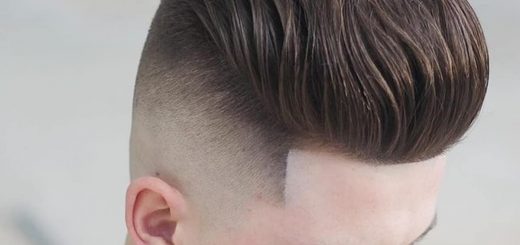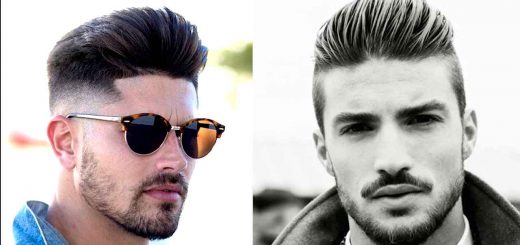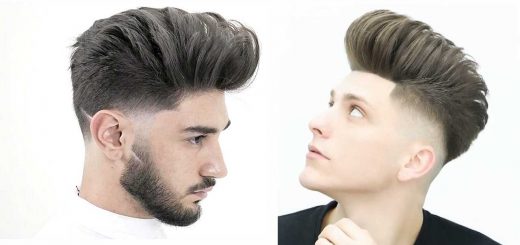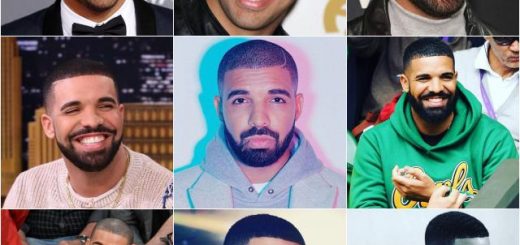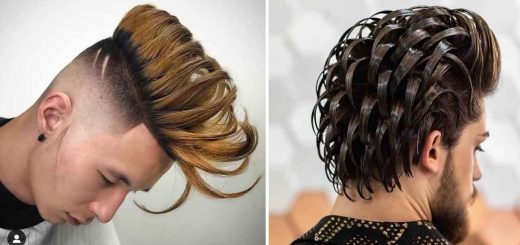What is a pompadour?These types of pompadour you need to look
The pompadour is a hairstyle named for Madame de Pompadour (1721–1764), a mistress of King Louis XV.Although there are numerous variations of the style for men, women, and children, the basic concept is hair swept upwards from the face and worn high over the forehead, and sometimes upswept around the sides and back as well.
After its initial popularity among fashionable women in the 18th century, the style was revived as part of the Gibson Girl look in the 1890s and continued to be in vogue until World War I. The style was in vogue for women once again in the 1940s. The men’s version, as worn by existentialist Franz Kafka and early country and rock and roll stars such as Elvis Presley and Johnny Cash, was popular in the late 1950s and early 1960s, and has enjoyed a renaissance in the mid 2010s. Variations of the pompadour style continue to be worn by men and women in the 21st century.
type of pompadour
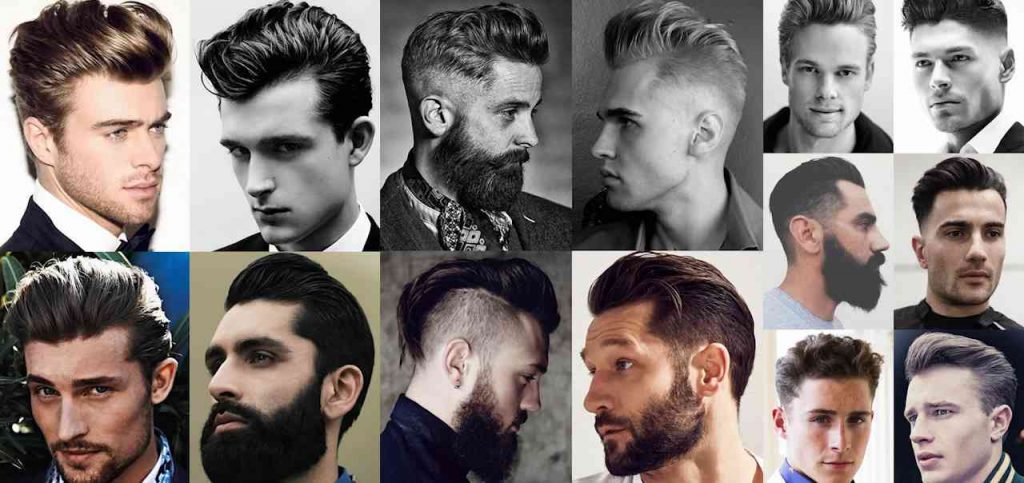
1.The Modern Pompadour

Like the King’s do but want something more contemporary? Try a modern, disconnected pompadour.
As the name suggests, this style is defined by a clear contrast between the shortness of the hair at the sides and back compared to the length of the hair on the top.
Unlike the classic pomp, which is achieved with scissor-cut hair, the modern variation requires your hair at the sides and back be clipped either to a uniform length (usually a grade four or lower) or graduated, i.e. faded, from very short at the hairline at the sides and back to slightly longer towards the crown.
Less work than its classic forebear, the modern pompadour does not require a lot of combing and styling at the sides and back, so it’s ideal if slightly pinched for time.
2.The Textured Pompadour
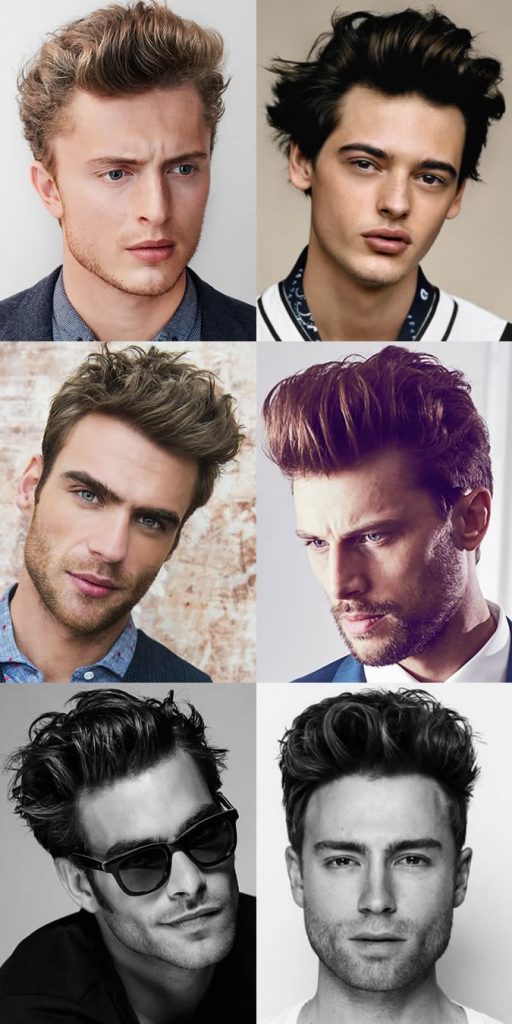
Traditional pompadour styles a little too neat for your taste? Add some rough to the smooth with a textured take on the time-honoured style.
Ideal for guys with curly, wavy and/or thick hair, the textured pompadour swaps the classic style’s clean lines and high-shine for a matte, tousled look that gives the impression you’ve just been riding a Yamaha at high speeds, or holding your own in a scrap.
Rather than pomade, this style relies on a texturising clay or paste and while a comb can be used, your bare hands are near enough the best tools for the job.
3.The Short Pompadour
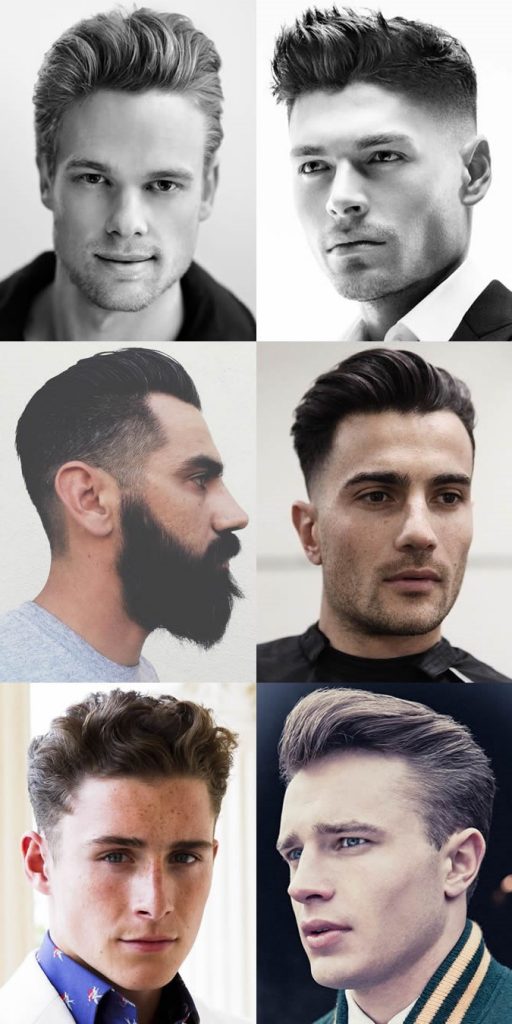
If you’re looking for an alternative to the classic pompadour that’s a little less, well, extra, try shaving off a few inches.
Less of a commitment than longer variations – not only in terms of time, but also the confidence required to pull it off – the short pompadour is a more subtle take on the modern style. The sides and back are clipped short, either to a uniform length or faded, and the hair at the fringe, while longer than the sides and back, doesn’t go beyond about 4cm.
Although you’ll still need to go through the motions to build the pomp, you’ll be working with a lot less hair, which means you’ll save both time and product.
4.The Classic Pompadour
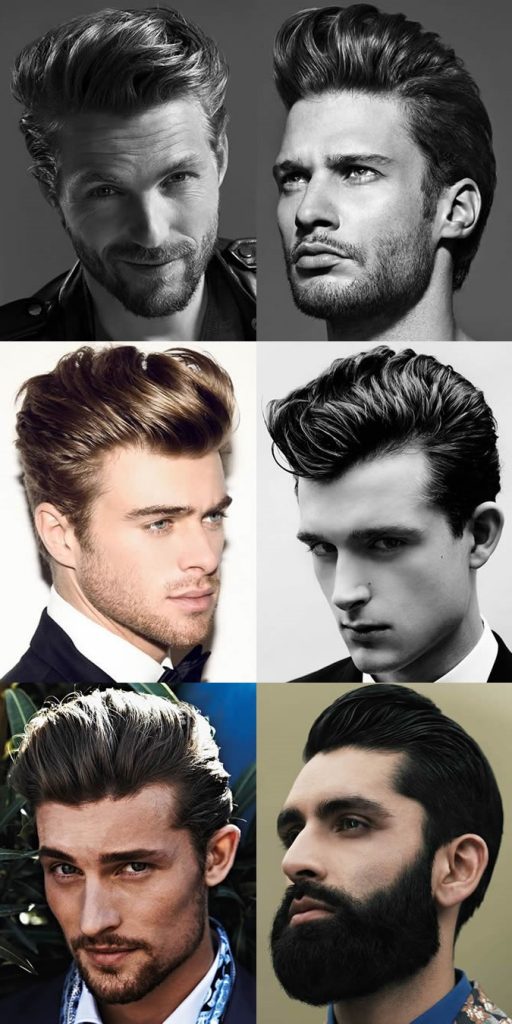
Fancy aping Elvis’s iconic hairstyle? Then this is the pompadour for you. As good as it looks today, this style is a throwback in the truest sense.
But whereas life in the 1950s might have allowed a man time to spend upwards of 15 minutes whipping his hair into shape, today’s pace means this style is best suited to those prepared for some serious upkeep.
Known for its volume and high-shine, the classic pompadour requires plenty of hair that’s been scissor cut slightly shorter at the back and sides compared to the top, with the fringe left longer than the hair at the crown.
When it comes to styling, reach for an old-school pomade such as Dax, which guarantees that slick, brilliantly shiny finish.
